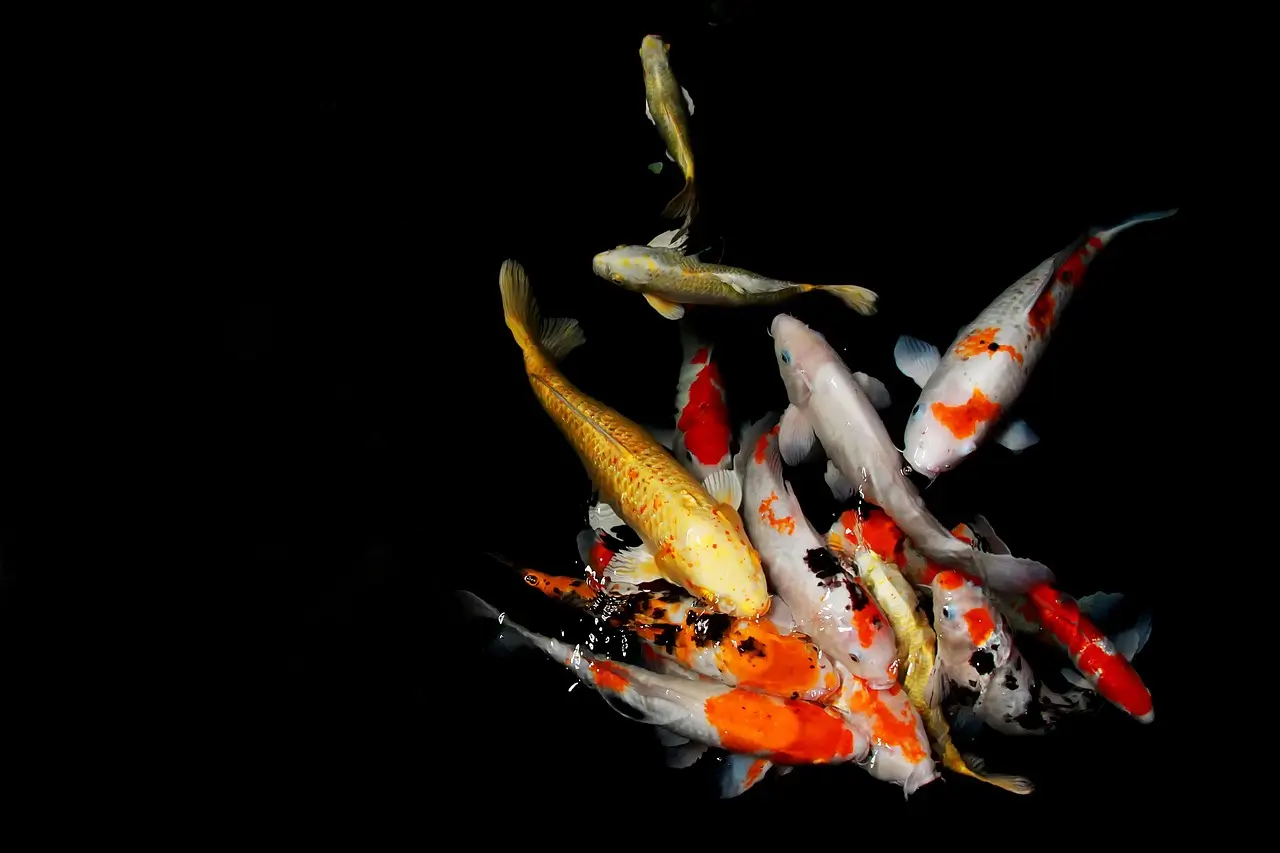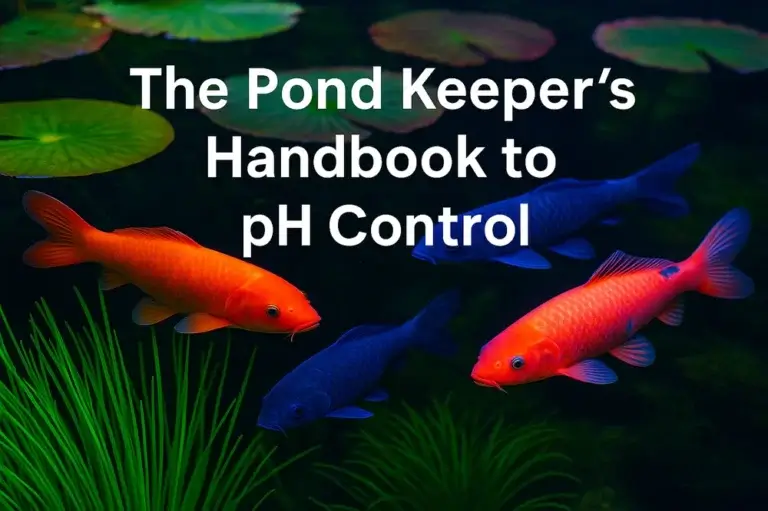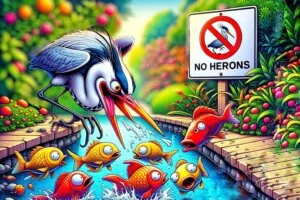Stocking A Pond Correctly Without Over Crowding – Complete Guide
Garden ponds are serene additions to any outdoor space, creating a dynamic interaction with nature. Fish are often central to this interaction, enhancing the pond’s ecological balance and aesthetic appeal. Correctly estimating and managing the number of fish in your garden pond is essential for the health of both the pond and its inhabitants. This guide provides a balanced approach to determining fish populations, ensuring your pond thrives.
The Importance of Knowing Your Pond’s Fish Population
A balanced fish population is crucial for several reasons:
• Health of the Pond: Avoids low oxygen levels and maintains good water quality.
• Fish Welfare: Ensures that fish have adequate space and resources.
• Aesthetic Appeal: Prevents overcrowding, which can lead to algae growth and murky water.

Related Articles:
- How to Make Your Koi Grow Faster and More Colourful
- How Deep Should My Pond Be for Fish? A Comprehensive Guide
- The Ultimate Guide to Koi Pond Fish: A Comprehensive Handbook on 12 Exquisite Varieties
Factors Affecting Fish Populations in Garden Ponds
Several factors influence the sustainable number of fish in garden ponds:
• Pond Size and Depth: Determines oxygen availability and capacity for fish.
• Water Quality: Affects fish health, influenced by pH, nitrate levels, and temperature.
• Vegetation: Provides oxygen, shelter, and breeding spots, but competes for resources.
• Predation and Disease: Can reduce fish populations and requires monitoring.
Estimating Fish Populations by Pond Size
Adjusting recommendations to a balanced level, here are the suggested fish populations for various pond sizes:

500-Litres Pond
(approximately 130 gallons)
• Small Fish: Up to 15-18 small fish.
• Large Fish: 1-2 large fish.
1,000-Litres Pond
(approximately 260 gallons)
• Small Fish: Up to 30-37 small fish.
• Large Fish: 3-4 large fish.
2,500-Litres Pond
(approximately 660 gallons)
• Small Fish: Up to 75-97 small fish.
• Large Fish: 7-9 large fish.
5,000-Litres Pond
(approximately 1,320 gallons)
• Small Fish: Around 150-195 small fish.
• Large Fish: 15-19 large fish.
10,000-Litres Pond
(approximately 2,640 gallons)
• Small Fish: Up to 300-390 small fish.
• Large Fish: 30-39 large fish.
Managing Your Garden Pond’s Fish Population
A balanced approach is key to a healthy pond:
• Regular Monitoring: Watch for signs of stress or disease in the fish and overall health of the pond.
• Water Quality Tests: Regularly test and adjust water quality to meet the needs of your fish.
• Appropriate Feeding: Feed the right amount to avoid excess nutrients and maintain water quality.
• Pond Maintenance: Clean your pond and manage plant life to support a balanced ecosystem.
Conclusion
Maintaining a balanced fish population in your garden pond ensures the health and vibrancy of both the pond and its aquatic life. This balanced approach considers the capacity of the pond and the specific needs of the fish, aiming for an equilibrium that supports a thriving ecosystem. With careful planning and ongoing care, your garden pond can be a sustainable and beautiful feature of your outdoor space.
This complete guide offers practical and sustainable advice for garden pond owners, combining the importance of ecosystem health with the joy of pond keeping. It strikes a balance between under-stocking and overstocking, ensuring the well-being of the pond’s inhabitants and the enjoyment of the pond owner.








